Hydrangea Miss Saori - the best variety for growing in the garden

The usual habitat of this amazingly beautiful flowering plant is gardens; for growing as an indoor crop, only one variety is used - garden, or large-leaved, characterized by a rather compact shape.
In Japan, this plant is usually called the purple sun; scientists call it Hydrangea, which means “Vessel of Water” in Latin. Flower growers are more familiar with it as Hydrangea. This name is also not easy, it is consonant with the name of a princess of the Roman Empire.
Biologists classify Hydrangea as a genus of flowering plants; representatives of the Hydrangeaceae are very numerous, including about eight dozen flowering shrubs.
Content:
- About large-leaved hydrangea - more details
- Why is the variety attractive?
- Hydrangea Miss Saori care
- Hydrangea Miss Saori winter hardiness
About large-leaved hydrangea - more details
Large-leaved hydrangea is the most interesting member of the family, which can grow to the size of a small shrub and at the same time have a very sophisticated appearance. To do this, you just need to create the most favorable conditions for the growth and development of Saori.
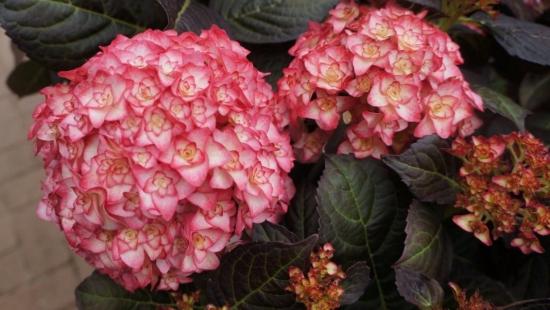
France can be considered the birthplace of hydrangea. It was the French breeders who made every effort to create such a beautiful plant species, which with its appearance captivated not only foreign citizens, but our domestic nature lovers.
The main differences between Miss Saori and other representatives of the species include the rather large size of the ovoid leaves rich green color. It is worth noting that the foliage has this color only in spring and summer. With the arrival of autumn it begins to take on a red tint.
The exquisite large-leaved shrub blooms in rather large inflorescences, the diameter of which is approximately 30 cm. The main colors of the inflorescences are pink and white. A little less often you can find plants blooming in a soft blue color.
Why is the variety attractive?
Hydrangea Miss Saori is a very unusual variety, interesting for its sophistication. A distinctive feature is an interesting play of colors: large white matte flowers, placed on powerful, beautiful stems, look very harmonious against the backdrop of rich green foliage with a slight purple tint.
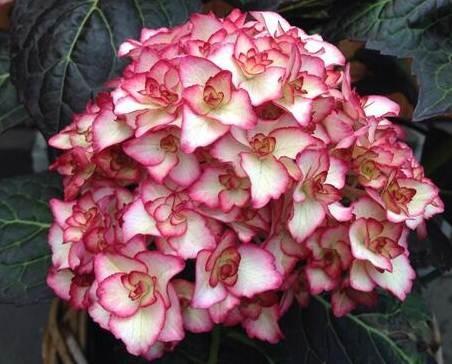
Interestingly, the Miss Saori variety retains its color range regardless of acidity the soil in which it is planted. The decorative period is very long and lasts from June to September inclusive. The height of the bush can reach one meter and therefore can become a very extraordinary decoration for any garden plot or greenhouse.
Hydrangea Miss Saori care
It is possible to grow a luxurious hydrangea that attracts attention and evokes admiration only if you approach the process correctly, i.e. Certain knowledge on agricultural technology and care will be required. The first condition that needs to be met is the correct choice of location.
The place for landings It is better to choose in the shade, or where sunlight will hit the plant only in a diffuse form.
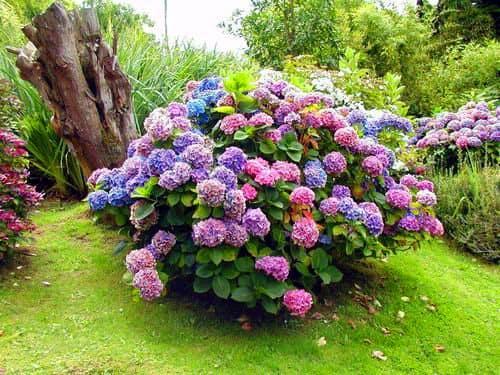
In principle, Miss Saori can also tolerate direct sunlight without pain, but only if one condition is met: regular and high-quality work glaze.
The ideal soil for planting Miss Saori hydrangea is slightly acidified. When planting, it is imperative to maintain the distance between the bushes. It must be at least 1.5 meters. The plant is a moisture-loving plant, so it should be watered regularly and with sufficient water.
If there is sufficient rainfall during the decorative period, the number of waterings of the flower can be reduced.
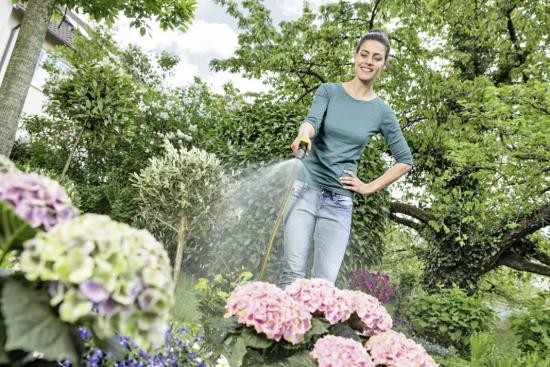
It will not be superfluous feeding hydrangeas. She will happily accept all its types. It is better to apply fertilizers in early spring, when the plant is just beginning its active growth; then during the period of bud formation and towards the end of the summer period, so that the plant has enough strength to endure the winter period painlessly.
Regarding wintering: for the winter the plant must be covered and high-quality mulching is carried out, which will help retain the required amount of moisture. If the flower bushes are still very small, you can simply cover them with dry soil. Larger plants are bent to the ground, and spanboard or lutrasil are used for cover.
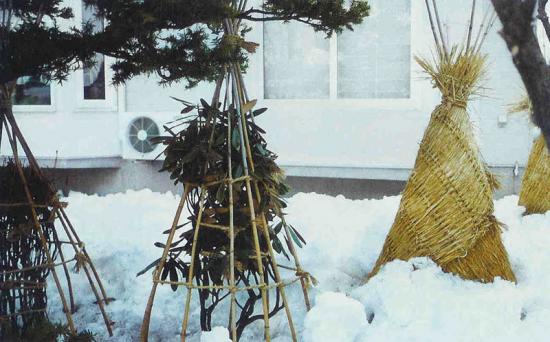
Hydrangea Miss Saori winter hardiness
Representatives of winter-hardy hydrangea varieties conquered gardeners in our regions at the end of the last century. Today the number of such varieties has reached twenty. It is worth noting that each of these varieties differs from each other not only in the size and color of the inflorescences, but also in other characteristics.
For example, winter-hardy varieties can be used as a complement to seasonal planting.Or, for example, as the main material for creating an unusual design in the garden, planting exclusively remontant representatives of the variety.
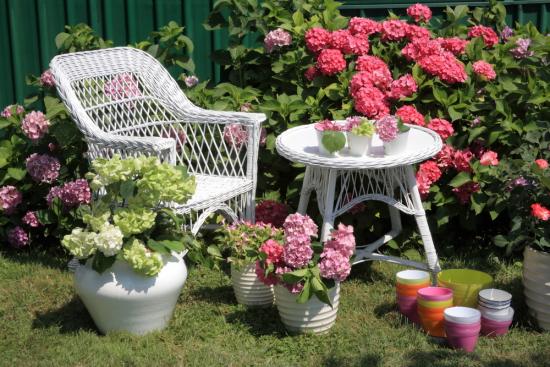
The maximum sub-zero temperature that can be easily experienced hydrangea, may also fluctuate. North American breeders have developed varieties that can easily withstand temperatures down to -15oC.
Their European colleagues managed to achieve even better results. They obtained varieties that can withstand frost of about -20oC.
It is worth noting that the indicated temperature limits are not the limit. There are several varieties that do well in lower temperatures. The most frost-resistant variety among hydrangeas The Miss Saori variety is recognized.
It can be recommended for cultivation by amateur gardeners living in geographical conditions with fairly low winter temperatures.
Watch a video about the features of caring for hydrangea:

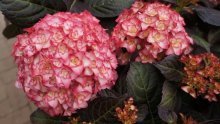
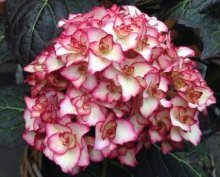
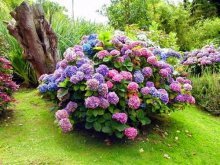
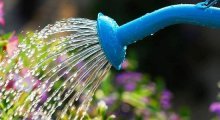


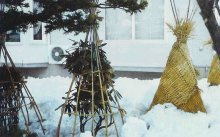

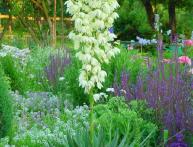
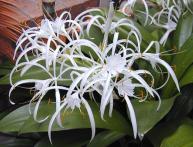
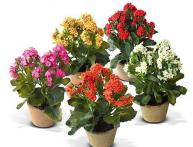
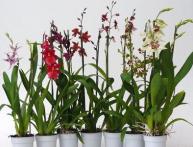
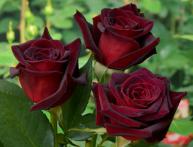
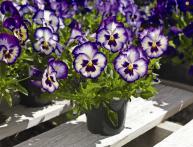
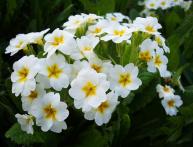
Comments
Once I gave my husband this beautiful flower for his birthday in April. I decided to transplant it into a large flowerpot on the balcony. The flower faded and delighted all summer with its lush greenery, but that was all.